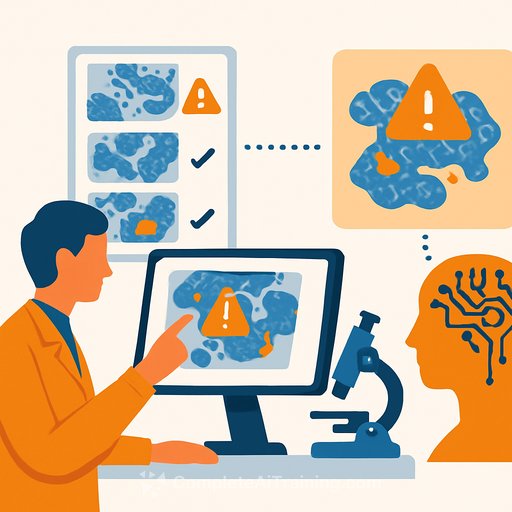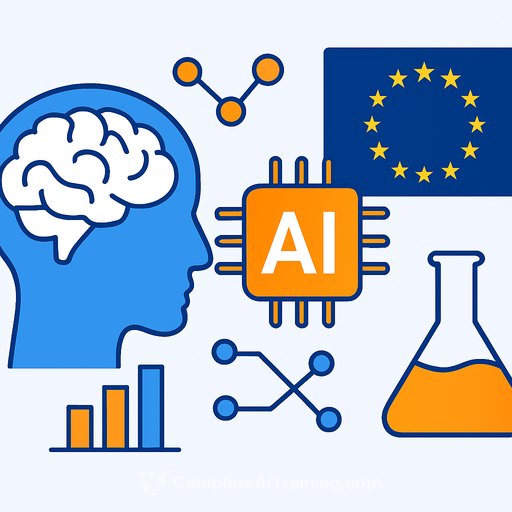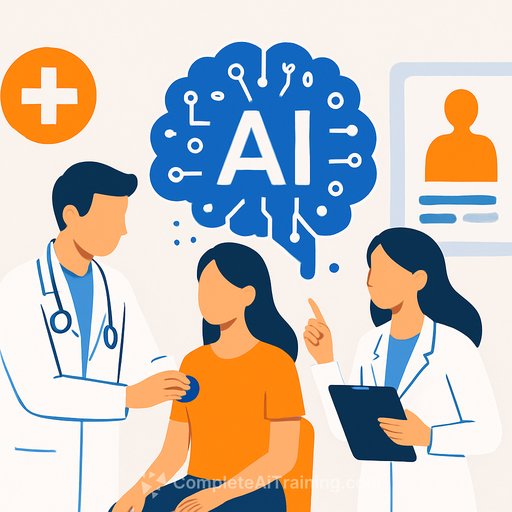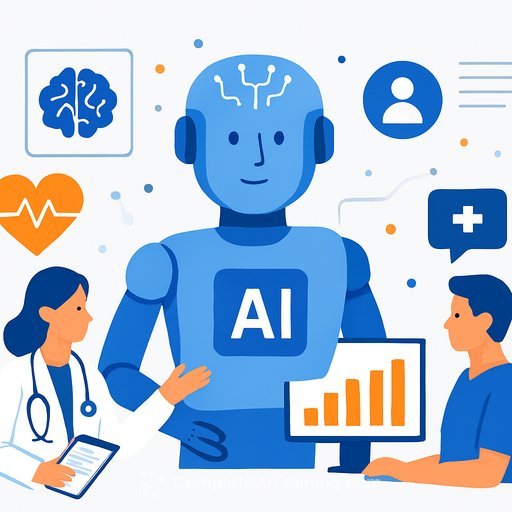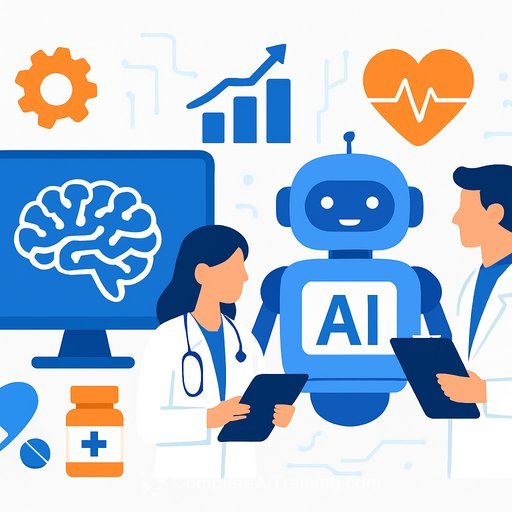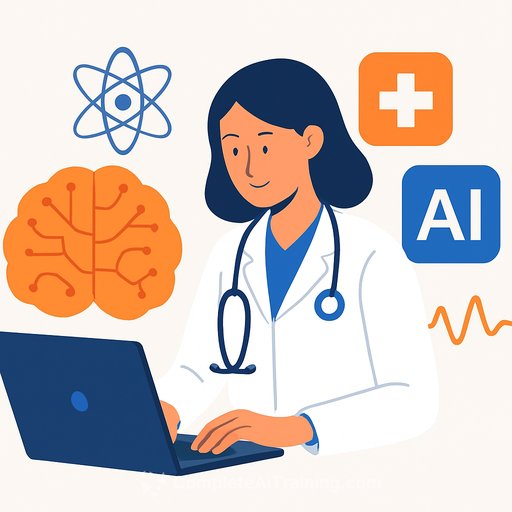AI Watching AI: Detecting Dangerous Errors in Digital Pathology with UCLA’s New System
Researchers at the California NanoSystems Institute at UCLA have developed an AI tool to improve the safety and reliability of digital pathology. This emerging field uses artificial intelligence to virtually stain microscopic images of transparent tissue samples, a process traditionally done with chemical dyes for diagnosis. The new tool, named AQuA, autonomously identifies critical errors—called realistic hallucinations—that sometimes occur in virtual staining AI models.
What Are Realistic Hallucinations?
Virtual staining AI can occasionally generate false tissue structures that don’t exist in the actual samples, similar to how chatbots sometimes provide incorrect information confidently. These hallucinations can mislead pathologists, potentially resulting in incorrect diagnoses. Since pathology images guide treatment decisions, such errors pose serious risks, including unnecessary treatments or missed detection of diseases like cancer and organ rejection.
How AQuA Works
AQuA mimics neural networks in the human brain and analyzes changes between unstained and virtually stained images. It cycles images through virtual staining and a reverse process that digitally removes the stain, learning to detect discrepancies that indicate errors. This approach allows AQuA to flag questionable images without needing a correctly stained reference from human experts.
Performance and Findings
- AQuA demonstrated 99.8% accuracy in distinguishing error-free images from those containing hallucinations, using kidney and lung tissue samples.
- It detected hallucinations missed by board-certified pathologists reviewing the same images.
- The system identified new types of hallucinations not included in its training data and found errors in images stained by human technicians.
Why This Matters
Virtual staining promises faster, cheaper, and more environmentally friendly pathology workflows. Unlike traditional staining, which is labor-intensive and produces toxic wastewater, AI can complete staining within minutes and preserve tissue samples, reducing the need for repeat biopsies.
However, the risk of hallucinations has been a major barrier to clinical adoption. AQuA offers a critical safeguard, ensuring pathologists base their decisions on accurate images. It could also certify virtual staining models regularly and protect healthcare systems from cyberattacks that manipulate pathology images.
Background on Virtual Staining
Chemical staining has been a cornerstone of pathology for over a century. It highlights key features in tissue samples but is time-consuming and inconsistent across labs. Virtual staining AI aims to standardize this, providing consistent results globally while cutting costs and environmental impact. For more on AI applications in healthcare, see Complete AI Training’s healthcare AI tools.
Research and Publication Details
The study was published in Nature Biomedical Engineering (DOI: 10.1038/s41551-025-01421-9). It was led by Aydogan Ozcan, a professor at UCLA with expertise in engineering and bioengineering. The research team includes experts from UCLA, Hadassah Hebrew University Medical Center, and USC.
The technology is currently under patent application through UCLA. Funding came from UCLA Samueli’s V. M. Watanabe Excellence in Research Award.
Your membership also unlocks:

